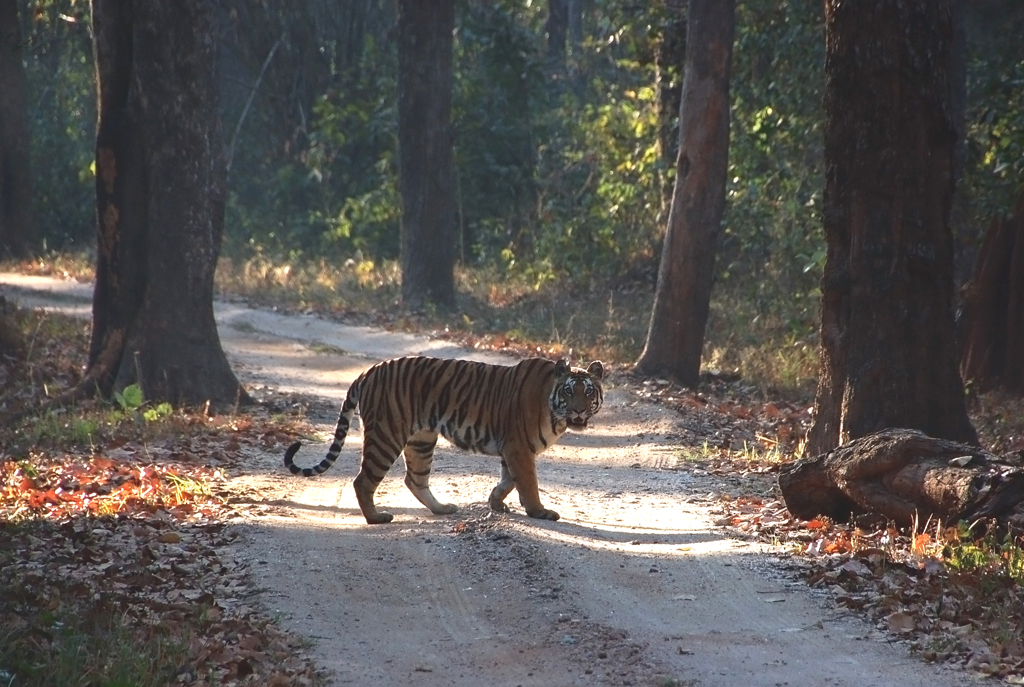Fantastic Trees And Where To Find Them: In Conversation With Botanical Illustrator, Nirupa Rao

On the back of the release of her first book, we speak to Nirupa Rao whose intricate illustrations of rainforest trees elevate the science of botany and fascinate every kind of reader.
The beauty of the forest is extraordinary — but “beauty” is too simple a word, for being here is not just an aesthetic experience, but one steeped with mystery, and awe, wrote Oliver Sacks.
Watching trees requires immense patience, sensitivity and a deep love for nature. But, communicating the wonder that one felt amidst her arboreal companions, and enchanting a reader with the science of the natural world is a rare art that Nirupa Rao, one of India's few botanical artists, stands out for.
Her original artwork, vibrantly coloured and elaborate, adorns the pages of Pillars of Life, a recently published book by two naturalists and conservationists - Divya Mudappa and TR Shankar Raman of Nature Conservation Foundation. The book, which introduces readers to thirty little-known indigenous trees, is a window into the wonderland of the rainforests of the Western Ghats. Each meticulous illustration carries contextualising notes by the authors that budding naturalists and lay readers will find helpful.
Nirupa Rao
"Drawing trees is quite different from other kinds of botanical illustration, such as flowers, shrubs or fruit," says Nirupa. To draw rainforest trees, she travels to their habitat and spends long days in the forest to study them, rooted to a spot for hours, drawing the buttress of a majestic Cullenia exarillata before climbing up a hairpin bend or two for a better view of its canopy. “It's pretty hard to photograph them, as dense surrounding canopy makes it tough to isolate a given tree in sufficient detail.” Since the book is meant to shape our understanding and appreciation of indigenous trees, and features many species unfamiliar to the average reader, illustrations focus strongly on scientific accuracy.
Back home, she reviews her sketches and paints the final version, drawing upon a combination of memory and photographs. Almost all the leaves within the canopy are individually outlined and painted so that the viewer can gauge that a Jackfruit has large, roundish leaves pointing in all directions, while a Ceylon Ironwood has long, thin leaves that point downward. Much of a botanical illustrator's life is lived in the slow lane with each tree taking a week to paint.
Her task, however, goes beyond rendering plants with scientific accuracy. It is to humanise the otherwise dull and daunting subject of botany for the average viewer. And Nirupa rises to the challenge. Whether it's the vividly-hued, finely patterned Canarium leaves or the gentle ombre of tender Ficus tsjahela branches, she captures subtle details of plant morphology that usually go unnoticed by the untrained eye. The verisimilitude of the paintings - the golden aura that limns the Mallotus tetracoccus or the lavish canopy of the Vernonia arborea in bloom invites you into the forest to see it as the artist did.
Bhesa indica, a tree of many hues
Nirupa is not a botanist by training and only began drawing trees when she started work on Pillars of Life. “The botany we learned in school didn’t pertain to the plants we actually see around us,” she says. But, growing up in Bangalore which still has many beautiful, old trees, in a family of botanists sparked in her an early love of trees. The family spent almost every holiday in various parts of the Western Ghats, trekking, picnicking or playing in rivers. Her grand-uncle, Fr Cecil Saldanha, led the first state-wide mission to collect and catalogue the flora of Karnataka, she recounts, and her mother, who spent her childhood closely witnessing his work, tells colourful stories of the time that made the young artist associate botany with adventure and excitement. “I'm certainly romanticising what would have been a long and laborious venture,” she remarks, but her illustrations endeavour to communicate the passion that leads scientists to dedicate their lives to plants.
“I realised that the mere existence of trees does not make a 'forest'. A forest is instead a 'system' that is inherently more rich and stable due to its complexity.”
"As a lay person, the jungle first appeared to me merely as a sea of green", she says. But as she began drawing them, she learnt to recognise native trees and was excited to see them as individuals; to see the animals and insects that are dependent on them for food and habitat. "I see how they are dependent on animals and insects to multiply. I see the complexity of that system and how long it took to evolve."
Reflecting on her time in the forest, she says Ficus trees, like Peepal or banyan, are special - a whole ecosystem in themselves. She remembers painting the Elaeocarpus tuberculatus, a conical giant of a tree, with a massive, sprawling buttress, whose seeds are used as Rudraksh prayer beads: "Standing at its base and looking upward, its apex disappeared into the sky. Giant squirrels, birds and a family of Lion-tailed macaques played among its branches. It felt almost sacred."
A Vernonia arborea tree
But, the future of the Western Ghats ecosystem is precarious as it faces grave threat due to the abundance and promise of economic growth it offers. As a casual visitor, it's easy to miss subtler signs of environmental degradation, says Nirupa. During her field trips, she noticed that the 'true' original forests are increasingly broken up or fragmented due to urbanisation and monoculture plantations. “It hadn't struck me earlier that native trees are so vital because our native birds and animals are evolved to rely on their bounty. There is little sense in protecting the tiger without protecting its habitat."
Pillars of Life she hopes will help people understand the complexity of the ecosystem; that its level of sophistication and balance is achieved from a slow, centuries-long process of evolution that takes only minutes to carelessly destroy. Knowledge of indigenous trees might inspire people who live in the area to grow native trees rather than alien species, as well as protect those that already exist. For those who don't live around forests, the book seeks to spur an appreciation and protective urge for our natural heritage.
There's plenty city-dwellers can do, she says, to conserve nature in urban settings: go that extra mile to protect trees. If you are constructing, find an architect capable of building around existing trees. Be vigilant when it comes to pruning or cutting trees for developmental work. Avoid single-use plastics like the plague. Do your research and support companies that are environmentally responsible. Be open to learning about the natural world, and appreciation will naturally follow.
In the works is another book for which Nirupa received a National Geographic grant. Aimed at anyone over the age of 8, it will show how dynamic and interesting plants are and feature 'charismatic' plants of the Western Ghats. “The weird and the wacky, the carnivorous and the parasitic, the poisonous, the stinky and the unimaginably valuable — the Charlie and the Chocolate Factory of the Plant Kingdom,” she hints.
Bombax insigne flower
Botanical illustration began as a way of recording what a plant looked like so scientists could analyse the dried plant specimens brought back from overseas expeditions, and doctors could identify any properties that would be useful in medicine. The drawings enabled the extended preservation and study of various plant species. Today, there is a resurgent need for the art in a different context. As we rapidly lose our native and old-growth forests, artists like Nirupa play an invaluable role - as chroniclers of this vanishing world. Their art as much a means of kindling a curiosity and reverence for other living beings as it is a time-capsule of our shared natural wealth.
Images courtesy Nirupa Rao.
Get your copy of Pillars of Life here and support conservation work in the Western Ghats. Follow Nirupa's work on Instagram.









